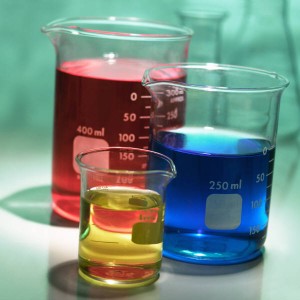School is Back in Full Swing and so is our Learning Fun in Elementary Science! This activity can be done at home or in school but be careful with the pepper – it can make you sneeze and should never be put near the eyes! Have fun!
Pepper and Water Chase:
Not all liquids can be mixed together. Oil and vinegar are insoluble, meaning they do not mix together. Liquids that do not mix well together will try hard to separate into layers to form what chemist call a suspension.
In this activity students will observe two insoluble liquids and how they react around when mixed with each other.
Materials:
Milk & Food Coloring
Water & Pepper
Liquid Dish Soap
Flat pan with sides (cake pans work great)
Toothpicks
Instructions:
- In the pan add about a half-inch of milk to cover the bottom of the pan.
- Add several different colored drops of food coloring.
- Dip a toothpick into the liquid soap; be sure to make sure any excess soap drips are removed. There should be some soap on the tip of the toothpick.
- Place the toothpick (with the end with the soap first) in the center of the pan and watch the milk and food-coloring move.
(The milk may begin to swirl as it continues to try to move away from the soap on the toothpick). You can repeat this same activity using water and pepper. Placing the water and pepper in the pan and using a toothpick with liquid soap to make the pepper scatter.
How It Works:
The soap is made up of water and soap particles. In the milk the fat particles are hydrophobic meaning they do not like water and want to move away from the water in the soap. This is what is observed when the colors spread and the milk moves away from the soap on the toothpick. As the fat molecules in the milk continue to move away from the soap, they take the colors with them and form a swirling mixture of colors.
When teaching chemistry concepts that involve new vocabulary, it is helpful to create flashcards that can be posted in the classroom to reinforce the new word. For this activity, you can take a picture of the mixture, to remind the students about how insoluble mixtures do not mix or have a picture of an oil and water mixture. Science should not be a standalone topic, but instead can be incorporated in language and in math. To read more about integrating math into science, visit: http://www.edutopia.org/blog/integrating-math-science-creatively-ben-johnson
For Our Fun Learning Game about other great science activities, you can visit here!
http://www.science-lessons.ca/games/mammals.html
http://www.science-lessons.ca/games/space.html
http://www.science-lessons.ca/games/weather8.htm
http://www.literature-enrichment.com/
